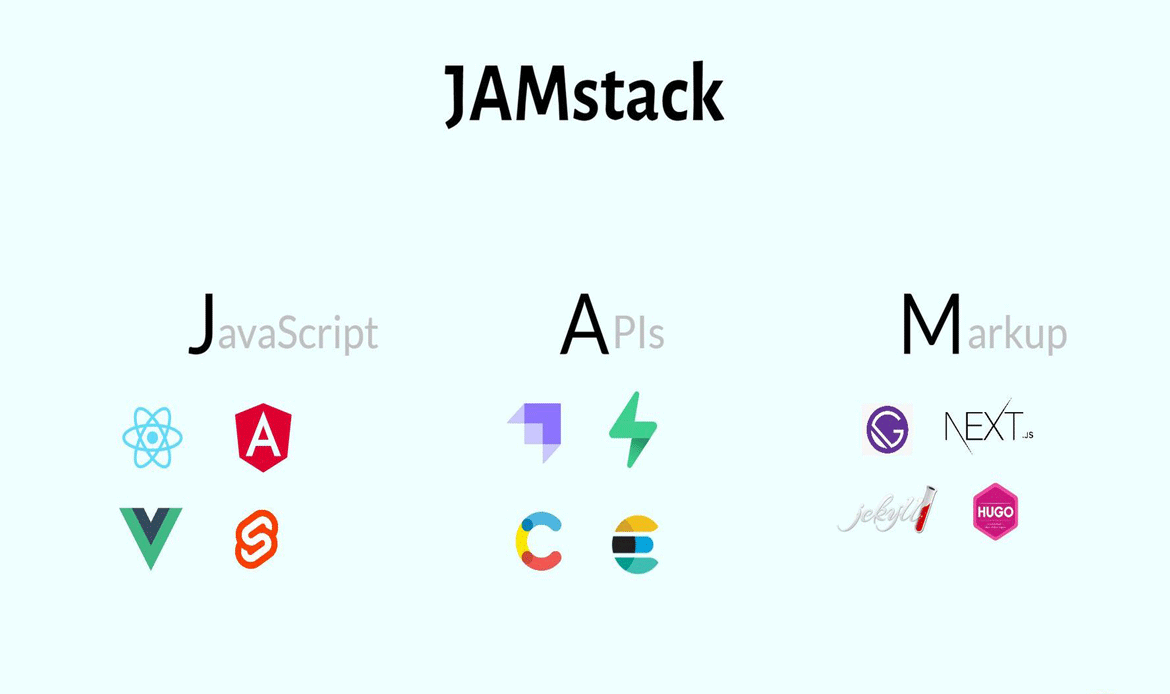Trending Web Technologies in 2025 are expected to reshape how websites are built, designed, and experienced. As technology continues to evolve at a rapid pace, staying ahead of the latest trends is crucial for developers, designers, and businesses owners. From AI-powered tools and Jamstack architecture to Web3 and progressive web apps (PWAs), understanding these trends will help you create faster, more efficient, and user-friendly websites. In this article, we will explore the Top 10 Trending Web Technologies in 2025 to Future-Proof Your Website offering valuable insights into how these trends will influence the future of digital experiences.
Web development is evolving at lightning speed, and 2025 is shaping up to be a year of smarter, more dynamic, and more secure digital experiences. Whether you’re a developer, designer, startup, or enterprise, these are the 10 trends you can’t afford to ignore.
Top 10 Trending Web Technologies to Watch in 2025
| S.No | Blog Post Content Outline |
|---|---|
| 1. | AI-Powered Development Tools |
| 2. | Jamstack Architecture |
| 3. | Progressive Web Apps |
| 4. | Serverless Architecture |
| 5. | Voice Search Optimization |
| 6. | Web3 and Decentralized Applications |
| 7. | Cybersecurity by Design |
| 8. | Motion UI and Micro-Interactions |
| 9. | No-Code & Low-Code Platforms |
| 10. | Sustainable Web Development |
1. AI-Powered Development Tools
AI is revolutionizing web development with tools that automate repetitive tasks, suggest intelligent code snippets, generate content, and even assist with debugging. As part of the major Trending Web Technologies in 2025, platforms like GitHub Copilot are becoming indispensable coding assistants, while ChatGPT helps generate copy, documentation, and problem-solving solutions on demand.
Why it matters: Saves time, improves efficiency, and enhances user experience.
2. Jamstack Architecture
Jamstack enables developers to build websites with pre-rendered static pages served via CDN, while dynamic content is handled via APIs. This architecture separates the front end from the back end, offering enhanced speed, better scalability, and improved security. Tools like Next.js, Astro,and Gatsby are pushing Jamstack into the mainstream by combining static site benefits with server-side rendering capabilities.
Why it matters: Better SEO, lightning-fast performance, and easier scaling.
3. Progressive Web Apps (PWAs)
Progressive Web Apps (PWAs) blur the line between web and mobile applications by delivering features like offline support, fast loading, background sync, and push notifications—all through the browser. As part of the leading Trending Web Technologies, PWAs are built using modern JavaScript frameworks and service workers to offer users a reliable, app-like experience without requiring installation from app stores.
Why it matters: Delivers a seamless mobile experience without the need for app store downloads.
4. ️ Serverless Architecture
Serverless computing allows developers to deploy code without managing or provisioning servers. As one of the growing Trending Web Technologies in 2025, back-end services are handled by cloud providers such as AWS Lambda, Google Cloud Functions, or Vercel. This architecture is especially useful for building APIs, real-time features, and background processes in a cost-effective and scalable manner.
Why it matters: Cost-effective, auto-scaling, and ideal for microservices and APIs.
5. ️ Voice Search Optimization
The rise of digital assistants like Siri, Alexa, and Google Assistant has led to a boom in voice search queries. Websites in 2025 need to be optimized for natural language, question-based keywords, and structured data (schema markup) to appear in voice search results. Accessibility improvements and conversational UX will also play a significant role.
Why it matters: Enhances accessibility and captures a growing segment of users.
6. Web3 and Decentralized Applications (DApps)
Web3 represents the next generation of the internet—decentralized, secure, and user-owned. Powered by blockchain technology, DApps enable peer-to-peer transactions, smart contracts, and identity management without central intermediaries. Integrations with wallets like MetaMask and technologies like IPFS are making Web3 experiences more accessible.
Why it matters: Ensures transparency, user ownership, and next-gen interactivity.
7. Cybersecurity by Design
Rather than treating security as an afterthought, modern development embeds protection throughout the entire lifecycle. As part of evolving Trending Web Technologies, techniques like zero trust architecture, secure coding practices, HTTPS, content security policies (CSP), and biometric authentication are becoming standard.
Why it matters: Builds trust and protects user data from ever-evolving threats.
8. Motion UI and Micro-Interactions
Subtle animations, hover effects, button transitions, and loading indicators all contribute to a modern, immersive experience. Tools like GSAP and Framer Motion help developers implement clean, lightweight animations that guide user actions and increase engagement.
Why it matters: Boosts engagement and improves user experience.
9. No-Code & Low-Code Platforms
No-code and low-code platforms such as Webflow, Bubble, and Elementor are democratizing web development. As one of the most impactful Trending Web Technologies, these tools allow non-developers to build websites and apps using drag-and-drop interfaces and prebuilt logic—while developers use them to accelerate MVPs and prototypes.
Why it matters: Speeds up development, lowers costs, and widens accessibility.
10. Sustainable Web Development
Digital sustainability is a growing concern. As part of emerging Trending Web Technologies, sustainable web development focuses on reducing carbon emissions by optimizing code, compressing assets, minimizing server requests, and using green hosting providers. Accessibility, performance, and efficiency go hand-in-hand with eco-conscious coding.
Why it matters: Aligns with global sustainability goals and improves performance.
Conclusion
As we move into 2025, Trending Web Technologies are evolving at an unprecedented pace, with exciting advancements in AI, security, user experience, and sustainability. Embracing these trends—whether it’s integrating progressive web apps (PWAs) for mobile optimization or adopting serverless architectures to improve scalability—will keep your website competitive and relevant in the ever-changing digital landscape. By staying informed and agile, you can harness these trends to not only enhance your development workflow but also create smarter, more engaging websites for your users.
Ready to Build the Future of the Web?
Step confidently into 2025 with cutting-edge tools, secure designs, and lightning-fast performance.
Whether you’re a creator, developer, or entrepreneur — your next big idea deserves a theme that delivers.
Don’t just follow trends — set them.












